Photographers and scientists from all over the world were celebrated by Nikon with their Small World Photomicrography Competition, selecting the best images of things seen under a microscope. The company received over 2,000 entries from 90 countries in what was the 46th edition of the competition.
Here’s a selection of some of the most breath-taking photos, starting with the first prize. Daniel Castranova, assisted by Bakary Samasa in the lab of Dr. Brant Weinstein at the National Institutes of Health, took this photo of a juvenile zebrafish and got their hands on the prize by Nikon.
The photo was taken as part of ongoing research which aims to find out whether zebrafish have lymphatic vessels, which helps clear toxins and waste from the body, inside their skulls. The answer was in fact yes. The photo is a dorsal view of the fish, with a fluorescently ‘tagged’ skeleton (blue) and lymphatic system (orange).
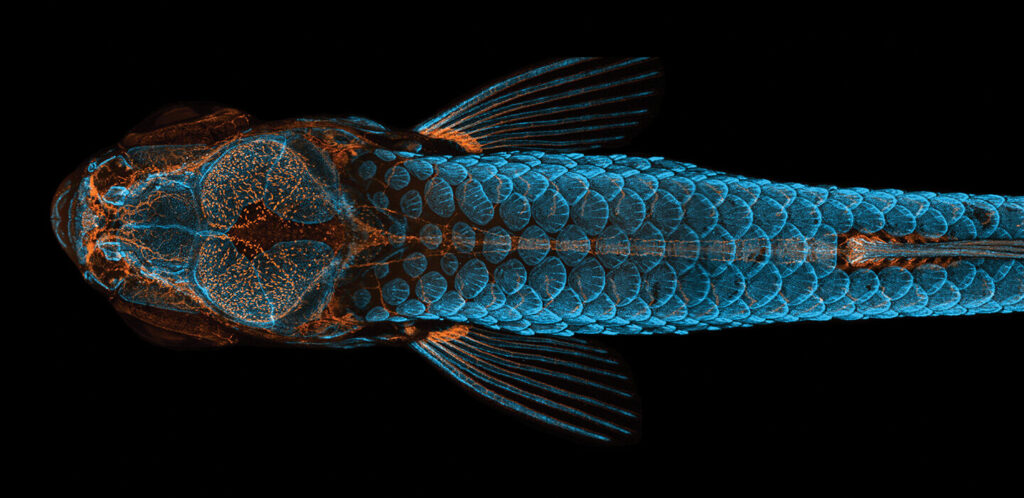
The German photographer Daniel Knop won 2nd place. Over nine days, he watched an embryo grow from a striking golden yolk sac into a baby clownfish (Amphiprion percula) to produce the photo. The image was created by stacking together multiple photos that had been taken while the embryo was in motion.
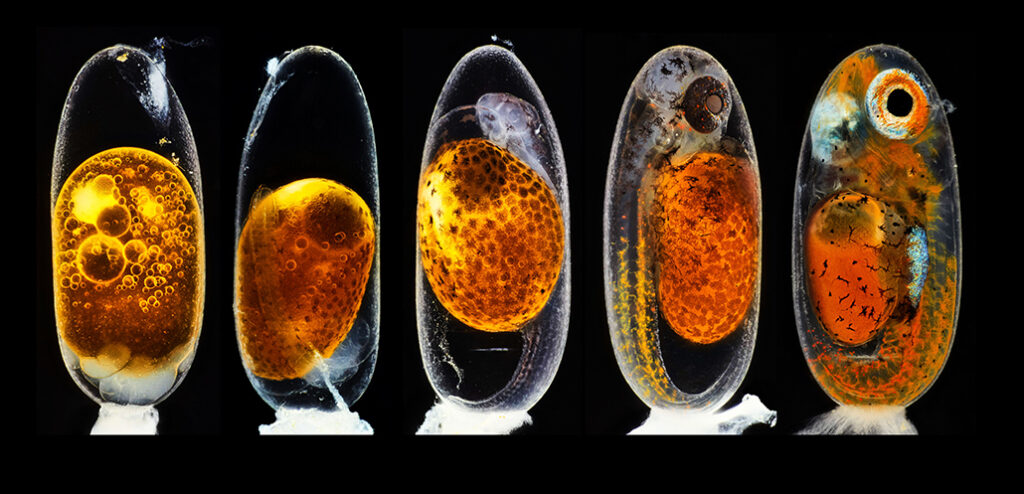
Neurobiologist Igor Siwanowicz won third place in the competition. When his lab mate’s aquarium was taken over by freshwater snails, he decided to snap a photo of part of one snail’s tongue. The appendage, magnified 40 times, was photographed in layers with a laser to reconstruct the tongue in three dimensions.
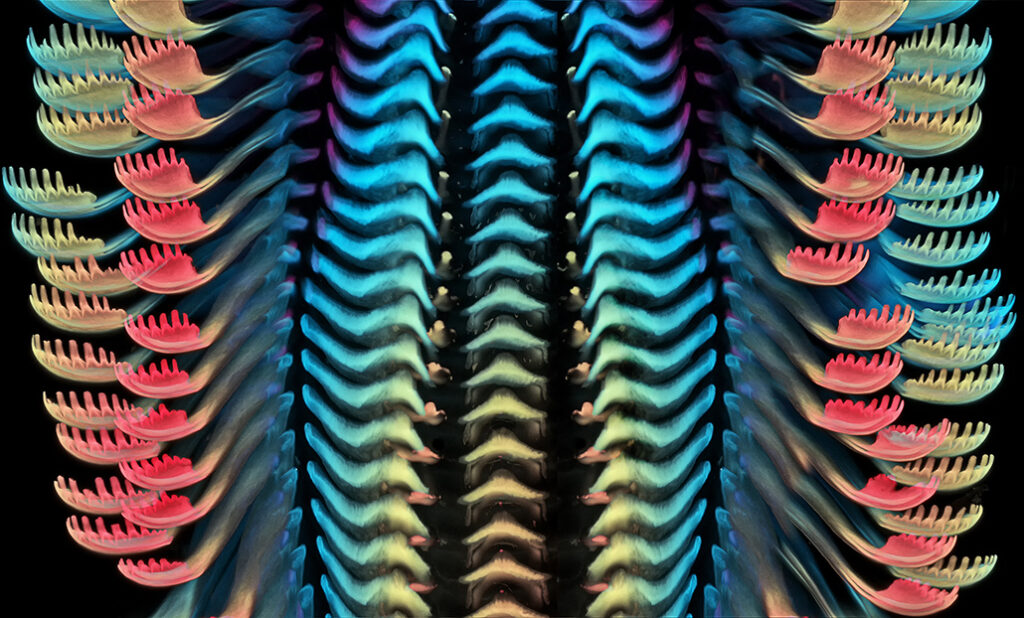
Another impressive photo was taken by neuroscientist Karl Koehler and biochemist Jiyoon Lee, both of Boston Children’s Hospital and Harvard Medical School. They captured the image of human hair follicles budding off of a cluster of lab-grown skin cells, broadly called an organoid, in a lab dish.
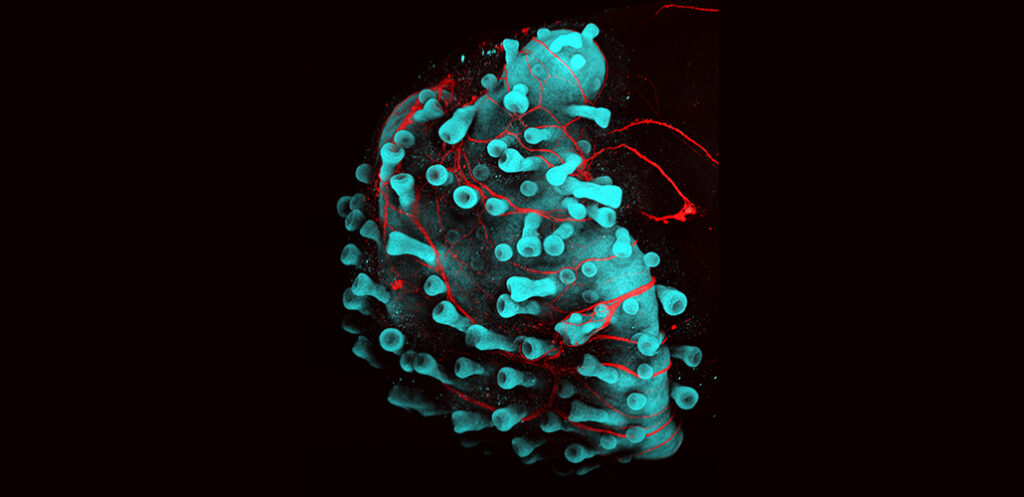
Jonard Corpuz Valdoz, Pam Van Ry and Richard Robison, three researchers from Brigham Young University, combined more than 2,200 photos taken with a confocal microscope to create a vivid shot of a 1-centimeter-long mouse paw infected with the Chikungunya virus. This is a disease that can lead to debilitating joint pain.
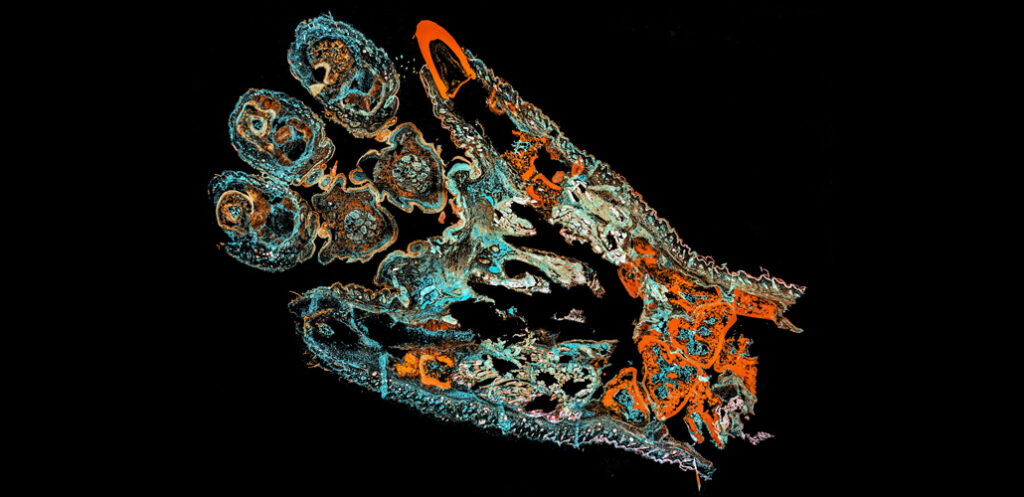
Another great photo was taken by Vanessa Chong-Morrison, a developmental biologist from the University of Oxford. She was participating in an embryology course and prepared the image of a short-tailed fruit bat (Carollia perspicillata) embryo for picture day. She took snapshots of the developing bat’s skeleton, capturing small areas at a time
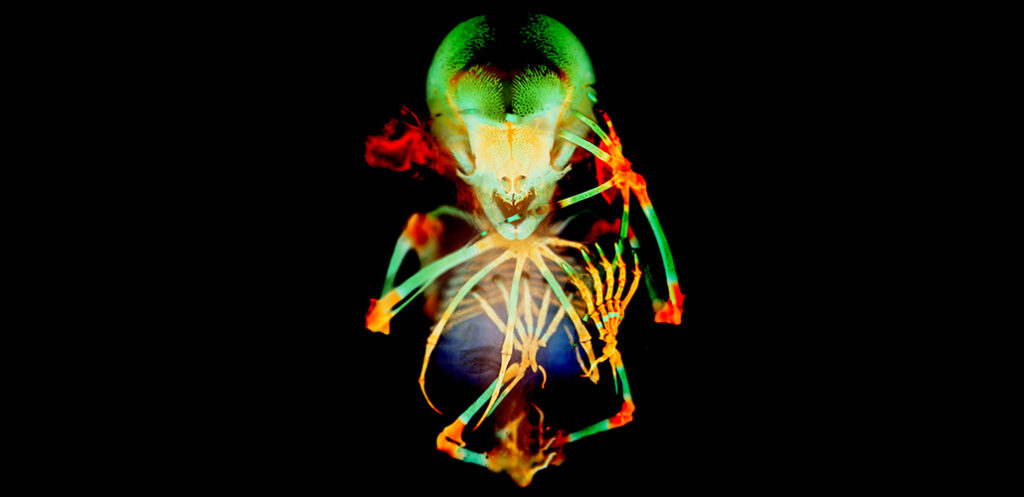
All the photos are available at Nikon’s Small World website, with a further description of each of them. You can browse through the galleries of each year’s winners. And if this triggers your interest you might even think of sending a photo for next year’s competition, which usually opens up early in the year.
Was this helpful?



